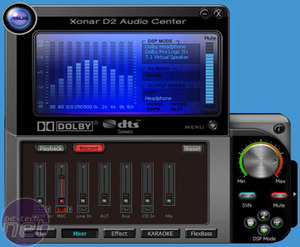
Other things are also more difficult than they need be. For instance, the analogue out seems obvious: it's the setting for exactly how many speakers or headphones you use, but how is this different from the "Audio Channel" setting? Clicking the question button to the right it explains you have to manually change it every time you change from stereo to multichannel audio, otherwise you could suffer from "improper audio processing". Oh-Puh-LEASE, how old school are we? Every time I flick between a movie, music or game I have to go through a rigmarole of adjusting my soundcard rather than it just autodetecting how many channels are in the playback and auto-switching.
Selecting different combinations of Audio Channels and Analogue Out seems to randomly auto-enable Dolby features as well, usually to enable an upsampling of channels, like from a 4 to 7.1 channel setting. Changing the audio channel setting mid-playback causes the sound to stop entirely and you have to restart whatever you were listening to - this seems to be a feature between Vista and Asus' drivers.
Other functions are the usual mixer settings to select between input and output types with independent volumes. Then there's the equaliser settings and environment tab which adds post processing "environmental effects" that no one ever uses. If you're a Karaoke nut then there's customisation for song-voice level settings and offsetting between the the two, and finally there is a LFE (low frequency effect) Crossover Frequency level adjustment in the FlexiBass tab. This allows adjustment of the cut-off where the software will divert sounds below a certain frequency to the sub instead of the speakers, so you can custom tweak your noise to make more or less bass or avoid making awful sounds/blowing your tweeters. It's exactly the same as the CMedia Oxygen features, but with a different interface.
At the side there is the master volume knob, mute button in red and SVN, or, smart volume normalisation feature. This is on-the-fly normalisation processing to stop the audio from loud or quiet spikes that could potentially damage the hearing of the headphone listener or prevent a loud explosion in a late night movie from waking up the whole street. It's nowhere near as advanced as Dolby's new smart volume function, but it's a step in the right direction for those that could use it.

MSI MPG Velox 100R Chassis Review
October 14 2021 | 15:04


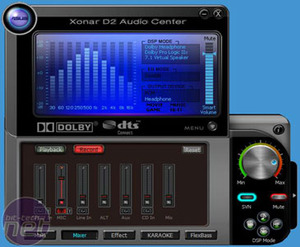
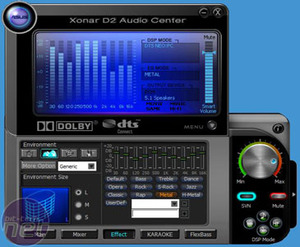
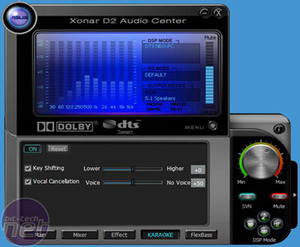
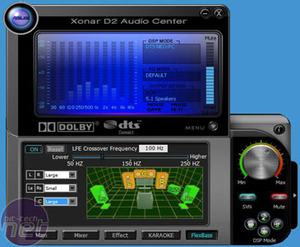








Want to comment? Please log in.